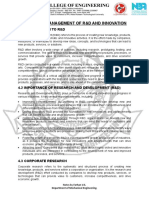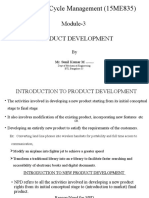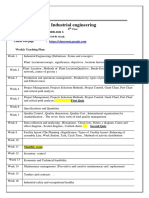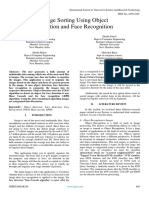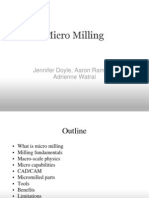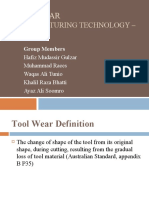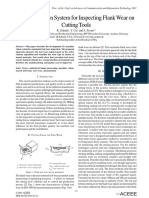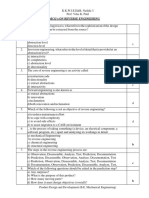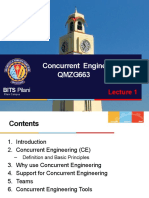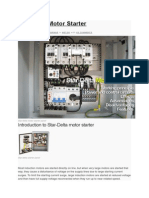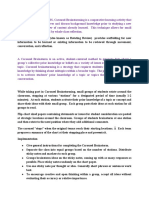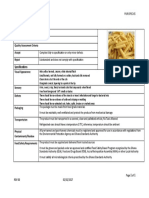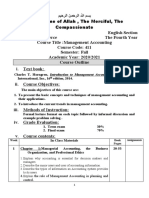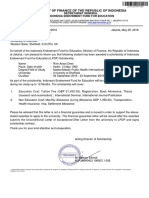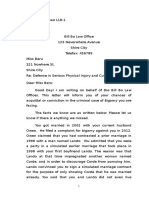0% found this document useful (0 votes)
340 views17 pagesConcurrent Engineering Insights
Concurrent engineering involves developing different phases of product development simultaneously to achieve better results. It requires collaboration between engineers from different departments early in the design phase to identify problems. Implementing changes is more difficult later in the manufacturing phase. Top management support and careful planning of each phase is needed. The goal is to design products that are easy to manufacture and assemble to reduce costs and time to market.
Uploaded by
Kudzie Maphy MasaireCopyright
© Attribution Non-Commercial (BY-NC)
We take content rights seriously. If you suspect this is your content, claim it here.
Available Formats
Download as PDF, TXT or read online on Scribd
0% found this document useful (0 votes)
340 views17 pagesConcurrent Engineering Insights
Concurrent engineering involves developing different phases of product development simultaneously to achieve better results. It requires collaboration between engineers from different departments early in the design phase to identify problems. Implementing changes is more difficult later in the manufacturing phase. Top management support and careful planning of each phase is needed. The goal is to design products that are easy to manufacture and assemble to reduce costs and time to market.
Uploaded by
Kudzie Maphy MasaireCopyright
© Attribution Non-Commercial (BY-NC)
We take content rights seriously. If you suspect this is your content, claim it here.
Available Formats
Download as PDF, TXT or read online on Scribd
/ 17




